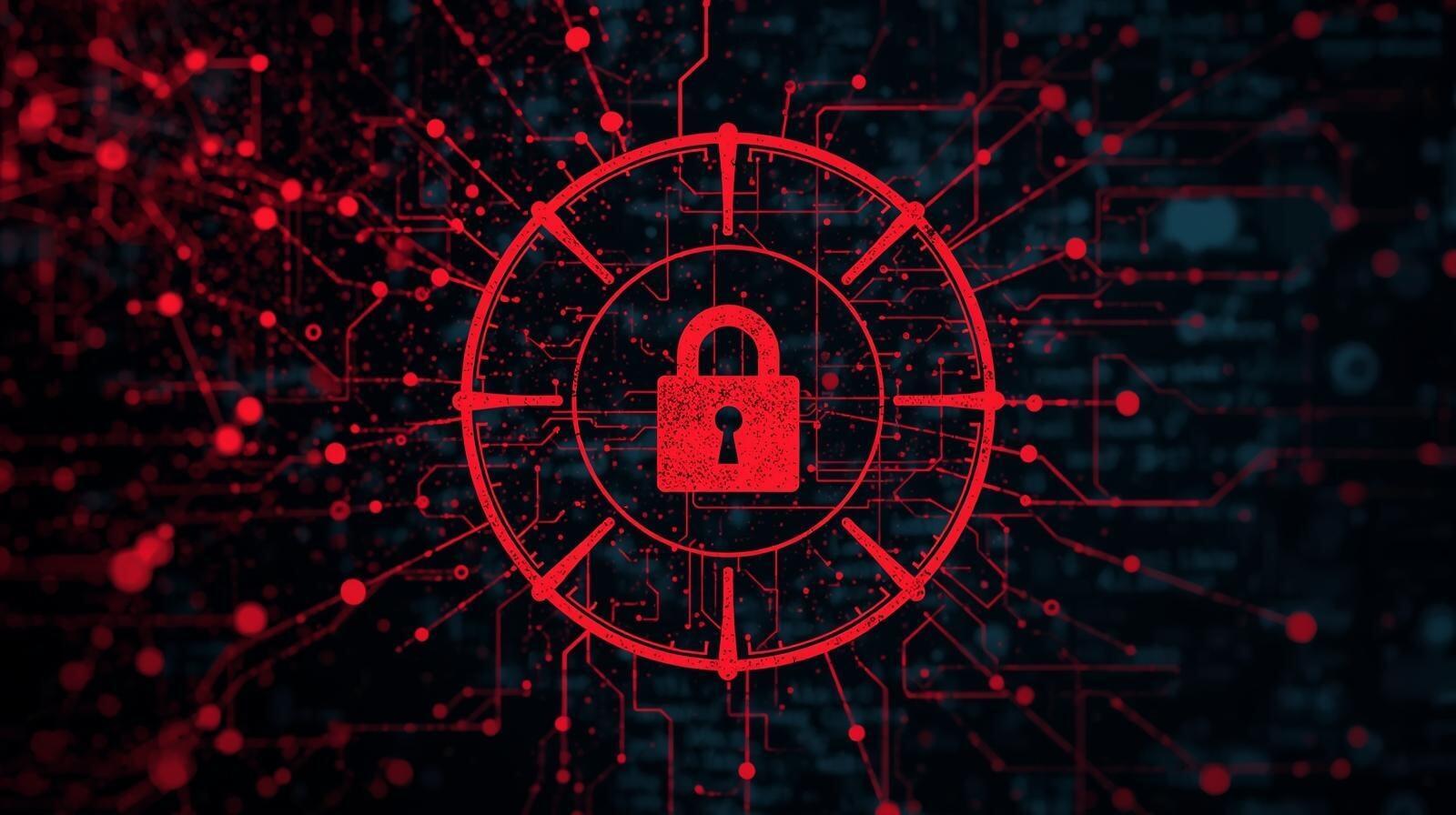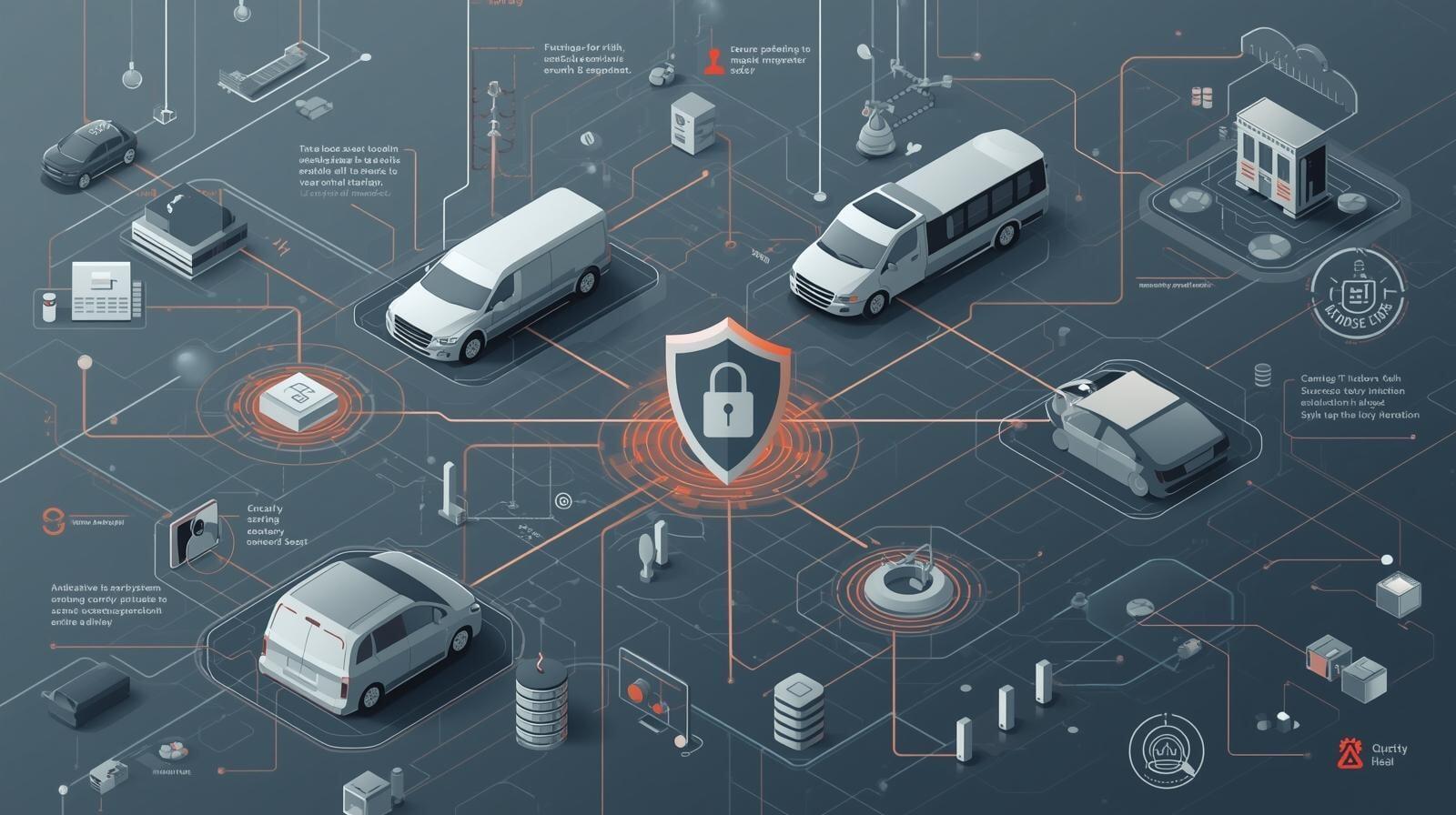In a stark reminder of the growing digital threats facing global enterprises, Tata Motors has recently been hit by a significant cyberattack at its luxury car subsidiary, Jaguar Land Rover (JLR). Early reports indicate that this breach could cost the company approximately $2 billion—an amount exceeding Tata Motors’ projected profit for FY25.
This incident has thrust the company into the spotlight, raising pressing questions about the security of its IT infrastructure, the resilience of its supply chains, and the broader implications for the automotive sector.
Background of the Incident
JLR, a Tata Motors subsidiary, is known for blending cutting-edge technology with luxury automobiles. However, its reliance on digitized operations also introduces vulnerabilities.
The cyberattack targeted JLR’s digital systems, potentially compromising sensitive operational data, manufacturing schedules, and proprietary technology.
The $2 billion financial impact exceeds projected FY25 profits, highlighting the severity of the breach.
This underscores the evolving threat landscape in the automotive industry, where connected vehicles and digitized supply chains are increasingly exposed.

Solution Recommendation:
Conduct comprehensive IT audits and penetration testing.
Implement multi-factor authentication (MFA) and endpoint security solutions.
Establish a dedicated Security Operations Center (SOC) for real-time monitoring.
Financial and Operational Impact
Financial Losses:
The breach significantly impacts Tata Motors’ revenue forecasts, affecting both profitability and investor confidence.
Operational Disruption:
The attack disrupted production and supply chain processes, potentially delaying deliveries and customer commitments.
Brand Implications:
Consumer trust may temporarily decline.

Solution Recommendation:
Implement business continuity planning (BCP) to maintain operations during attacks.
Ensure real-time data backups and cloud redundancy to prevent data loss.
Cybersecurity Lessons for the Automotive Sector
Digital Vulnerabilities: Attackers exploit interconnected systems including vehicles, supply chains, and corporate IT.
Preparedness is Key:Incident response plans and continuous monitoring can limit damage.
Investment in Security: Cybersecurity must be treated as a strategic priority, not an afterthought.
Regulatory Implications: Cyberattacks can attract scrutiny and stricter compliance mandates.

Solution Recommendation:
Integrate AI-based threat detection systems for proactive monitoring.
Develop incident response playbooks tailored to automotive IT systems.
Proactive Measures Taken by Tata Motors
Engaged cybersecurity experts to assess the damage.
Implemented enhanced monitoring across IT and production networks.
Strengthened employee awareness campaigns.
Coordinated with supply chain partners to identify and close vulnerabilities.
Additional Recommended Measures:
Adopt zero-trust network architecture.
Encrypt sensitive operational and customer data.
Perform regular vulnerability assessments and mock cyberattack drills.
Key Takeaways
High Financial Impact: Single cyberattacks can exceed annual projected profits.
Operational Vulnerabilities: Digital interconnectivity introduces multiple points of failure.
Incident Response is Critical: Quick remediation and transparency mitigate long-term damage.
Sector-Wide Implications: Cybersecurity is a business-critical function, not just IT.
Future-Proofing: Continuous investment in threat intelligence, penetration testing, and employee training is essential.
FAQs
Q1: What caused the cyberattack at JLR?
A sophisticated attack on digital systems, potentially targeting proprietary and operational data.
Q2: How is Tata Motors responding?
Collaborating with cybersecurity experts, implementing system-wide monitoring, and enhancing IT infrastructure.
Q3: Will this affect Tata Motors’ FY25 financial outlook?
Yes, the $2 billion loss could impact profitability and investor confidence.
Q4: Could this breach affect customers directly?
Direct impact is unclear, but operational delays or data compromise could have indirect effects.
Q5: What lessons can other companies learn?
Proactive cybersecurity, regular vulnerability assessments, robust incident response, and employee training are crucial.
Conclusion
The JLR cyberattack is a wake-up call for the automotive industry and beyond. It demonstrates that digital transformation brings efficiency but also exposes critical vulnerabilities.
Tata Motors’ proactive approach, combined with investment in cybersecurity solutions, employee training, and incident response planning, will be essential in maintaining stakeholder trust and operational continuity.
For all enterprises, the takeaway is clear: cybersecurity is no longer optional—it is a strategic imperative. Companies must adopt a multi-layered approach to threat prevention, combining technology, skilled personnel, and organizational vigilance.
Secure your business before it’s too late—invest in proactive cybersecurity today.

